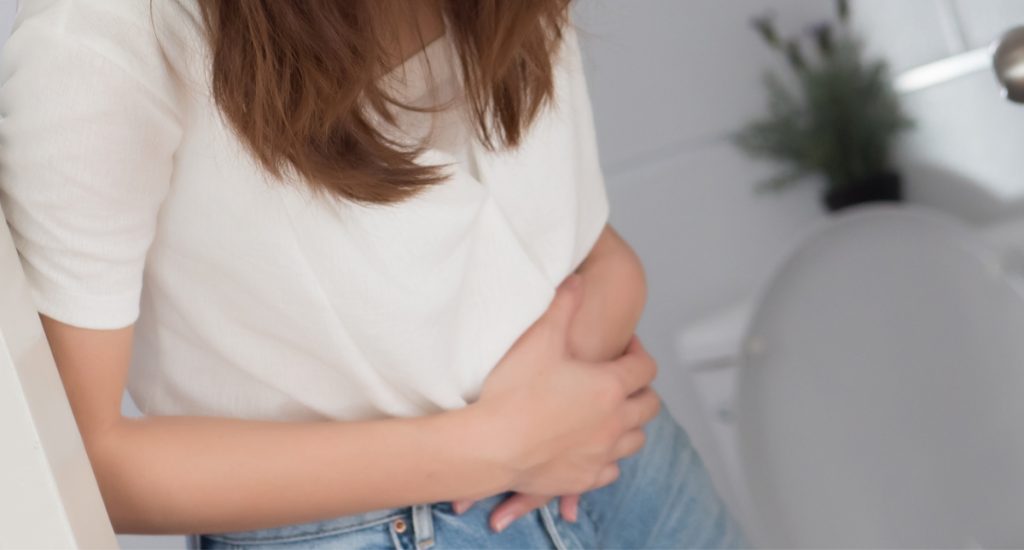
Diarrhea

Travelers require considerable care to avoid “diarrhea”. If you do succumb to diarrhea, its intensity will depend on how much contaminated food or drink you con
1. Eat food served steaming hot and cooked to order rather than food left out on trays or in chafing dishes. Among fruits, choose those that have to be peeled (like oranges, bananas) rather than those you consume with the skin intact (like grapes). Bread is usually safe. Choose bottled soft drinks over freshly squeezed fruit juices or locally produced drinks like “nam oy” (sugar cane juice). Buffets, a great way to try a variety of local foods and also one of the best way to contact diarrhea !
2. Avoid salads, uncooked fresh vegetables, and all shellfish.
3. Microorganisms clinging to people’s hands are a major source of contamination. Do not eat anything that has been touched by hands.
4. Drinks with cube ice or tube ice are safe; drinks made with crushed ice or chipped ice from blocks are not.
Should you get a persistent case of diarrhea, remember to drink lots of fluids, as dehydration is a particular problem. If children come down with diarrhea, it can be very serious and a physician should be contacted to recommend rehydration salts. You should also contact a physician anytime you pass blood, have violent diarrhea or vomiting, as these are symptomatic of Amoebic Dysentery and haemorrhagic fevers like Cholera or Yellow Fever, and thus life-threatening.
Share :




